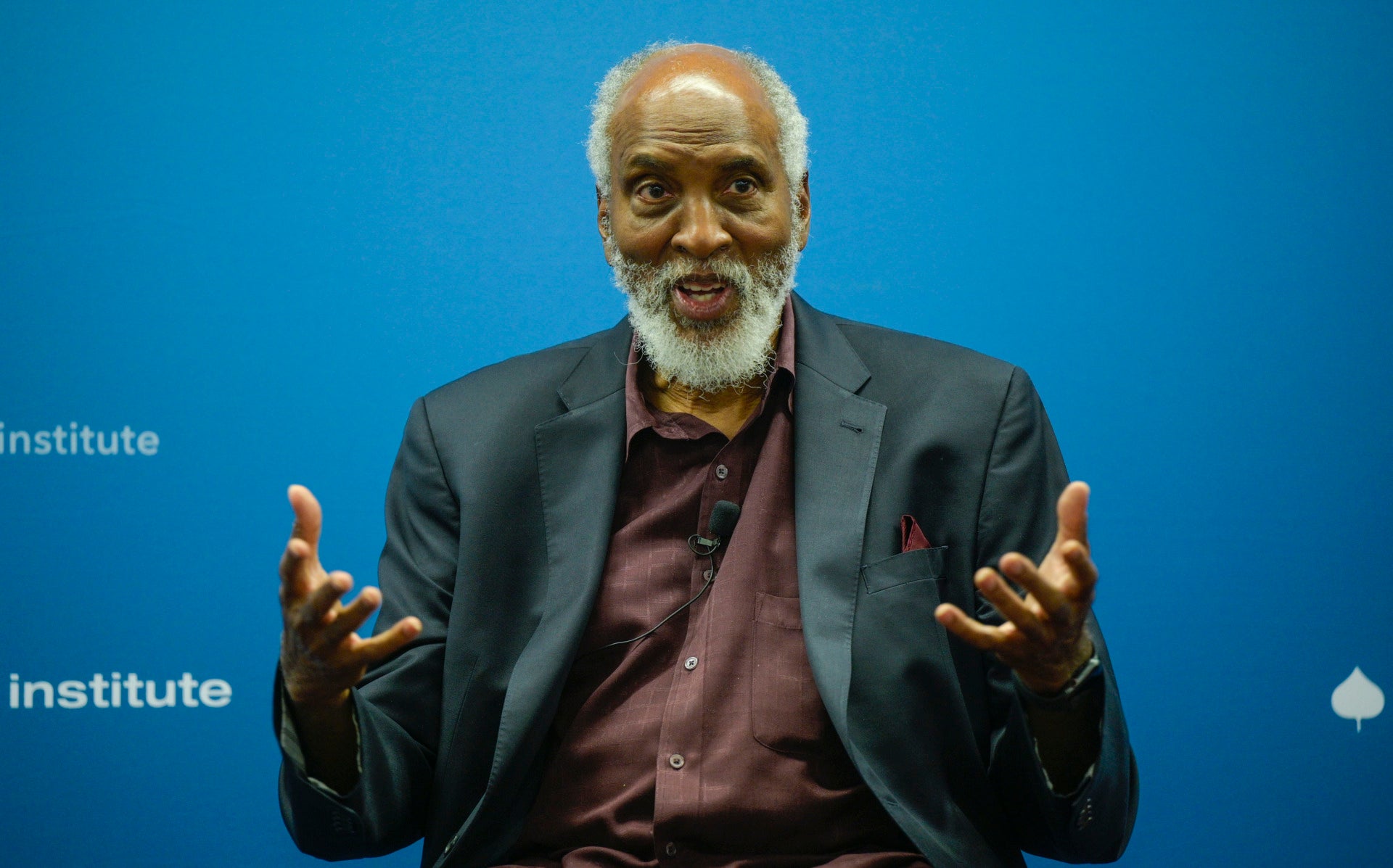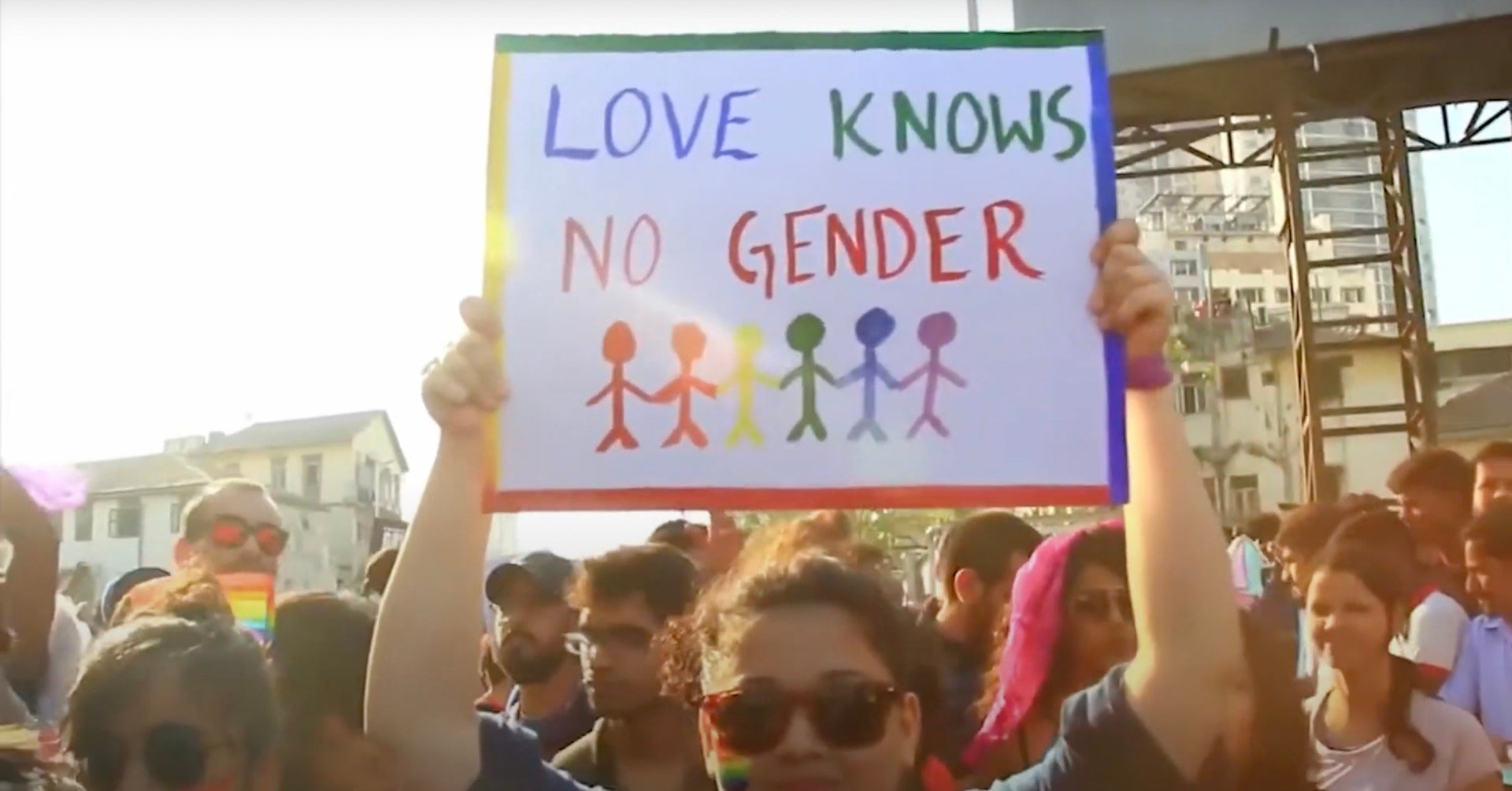For all the progress made during the Title IX era, girls have 1.3 million fewer opportunities to play sports in high school than boys do. The participation rate among senior-year girls is 31.4 percent, not far above the level it was in 1990 (27.9 percent) and below its all-time high in 2004 (35 percent), according to a Department of Education report.
Budget cuts for school sports programs during the financial crisis have not been helpful in reversing the decline, but the problem runs deeper than budgetary constraints. As long as no more than one in four girls in urban communities has an opportunity to play sports, participation rates for girls overall are likely to remain stuck at current levels.
Don Sabo, a researcher at D’Youville College (NY), was among the first to identify this problem in 1989 with a pioneering national study on participation rates among minority athletes. His team found that only 4.4 percent of all high school athletes (male and female) were African American females and that only 3.2 percent were Hispanic females; meanwhile, 29.1 percent were white females. Results were mixed about the value of sports to these groups, and Sabo cited a need for more research. But the issue drew little attention, perhaps because some assumed the gains made elsewhere would inevitably trickle down to minority communities.
Participation rates among urban girls have lifted slightly over the past two decades, as reflected in the latest report by Sabo and fellow researcher Phil Veliz. But progress has been minimal, with some now arguing that Title IX alone cannot be looked to as a sole remedy for disadvantaged girls. Title IX is based on gender equity, and while girls usually get less than boys in under-funded schools, even the boys have limited options
The Institute’s Sports and Society Program’s May 31 symposium in Washington, “Title IX and Beyond: How Do We Get the Rest of Our Girls Into the Game?” presents the chance to begin to identify and explore new solutions. We hope the links to the above studies with stable, revealing data can help ground and shape the upcoming conversation. Information on joining us for the event either in person or online can be found here.

